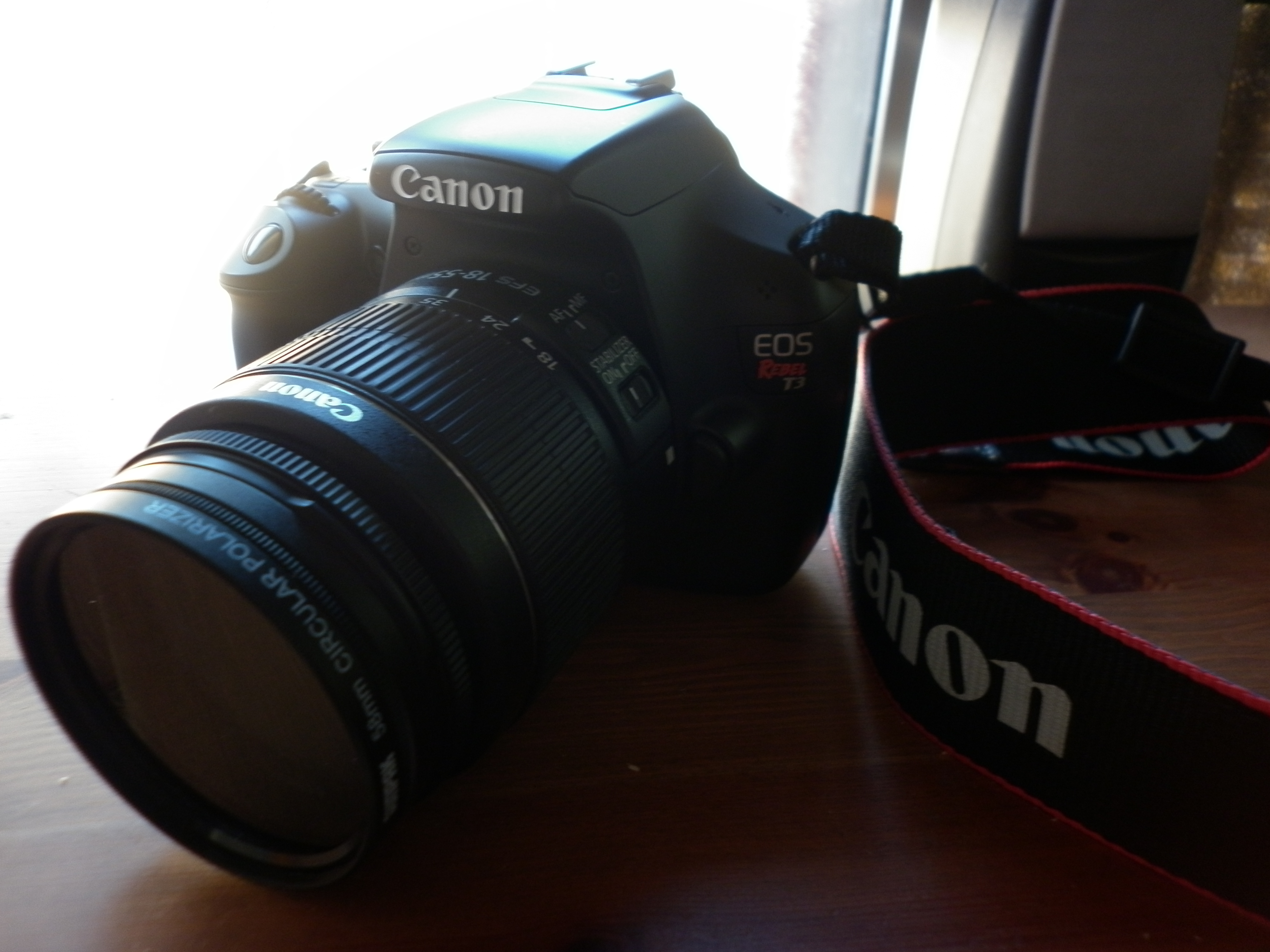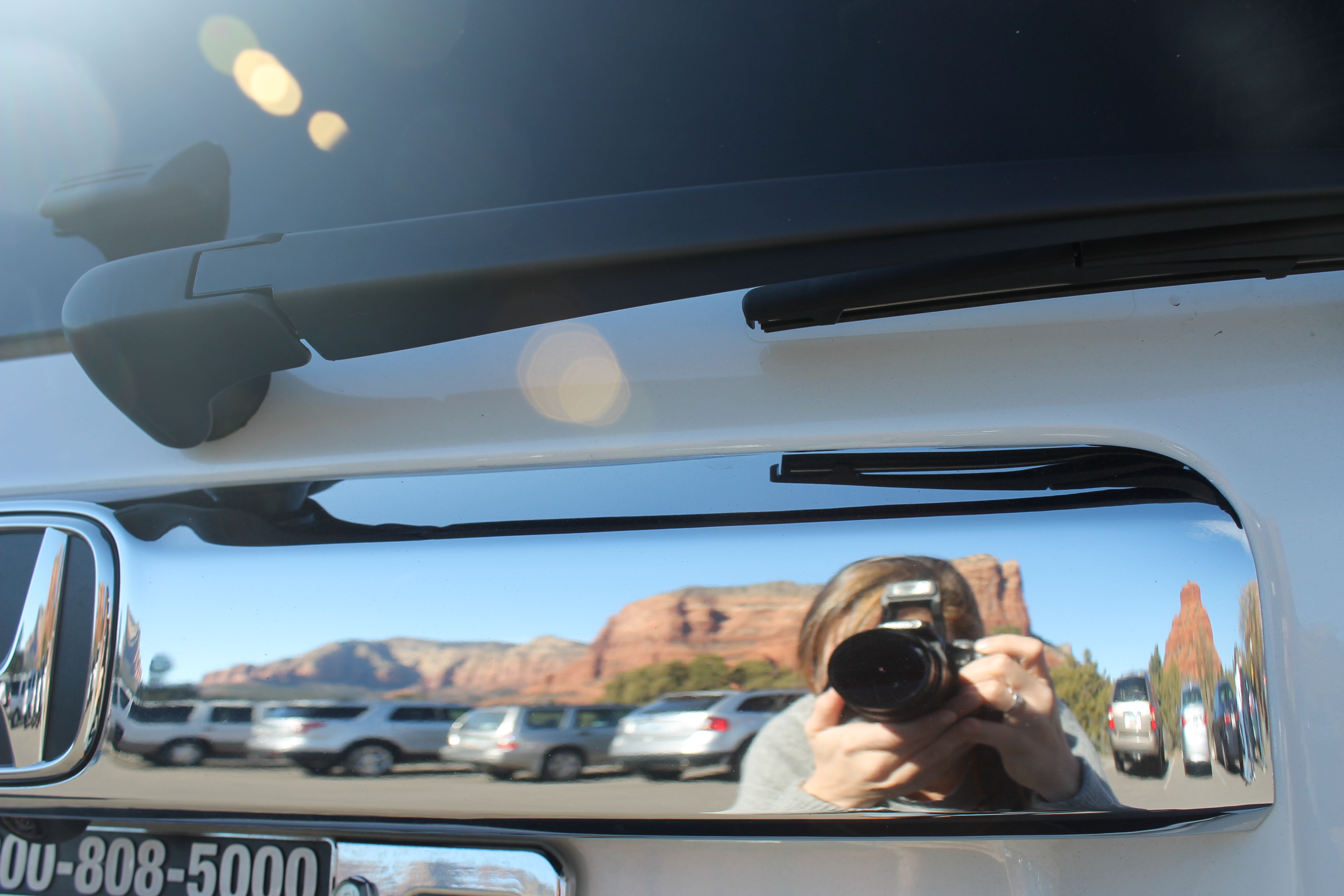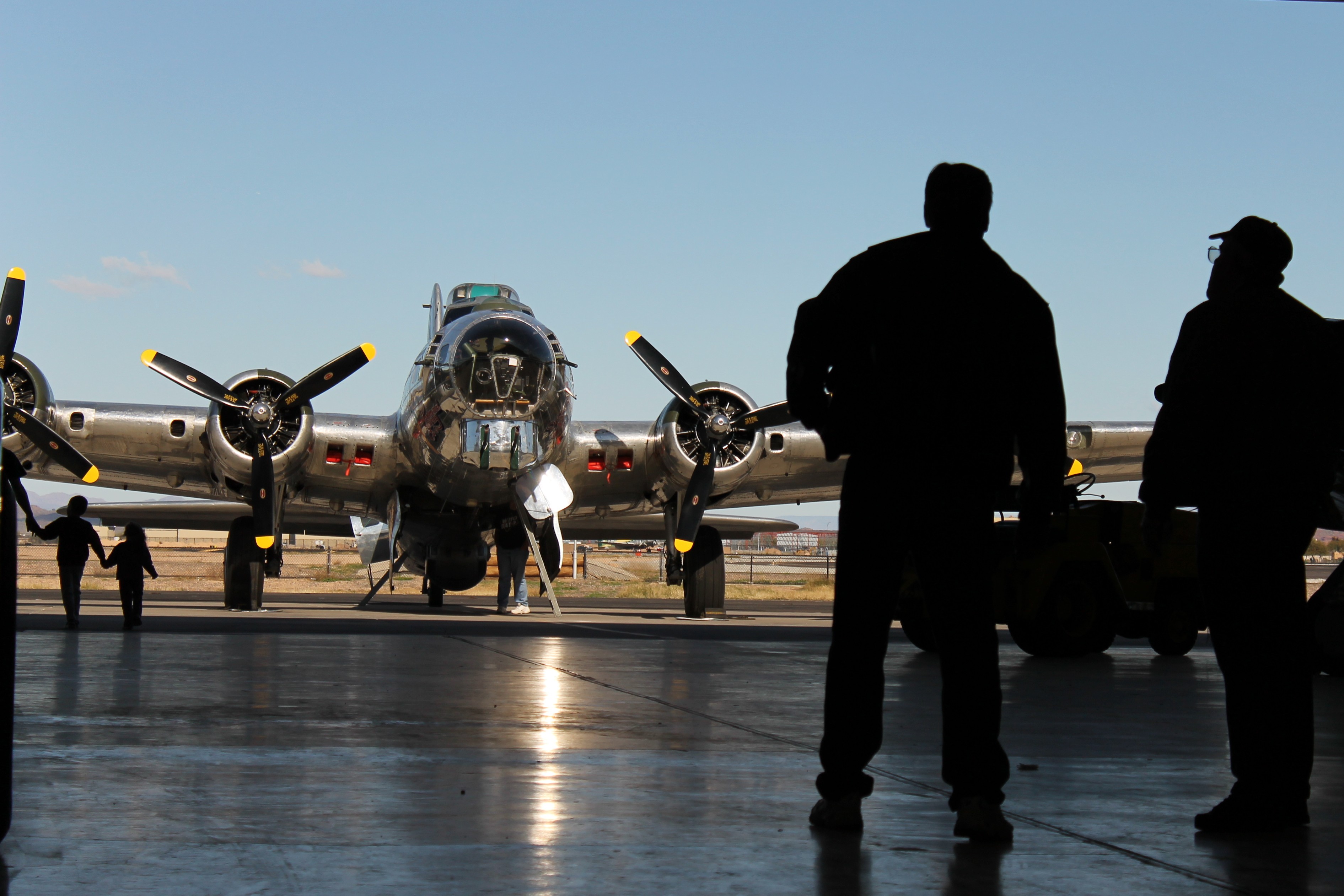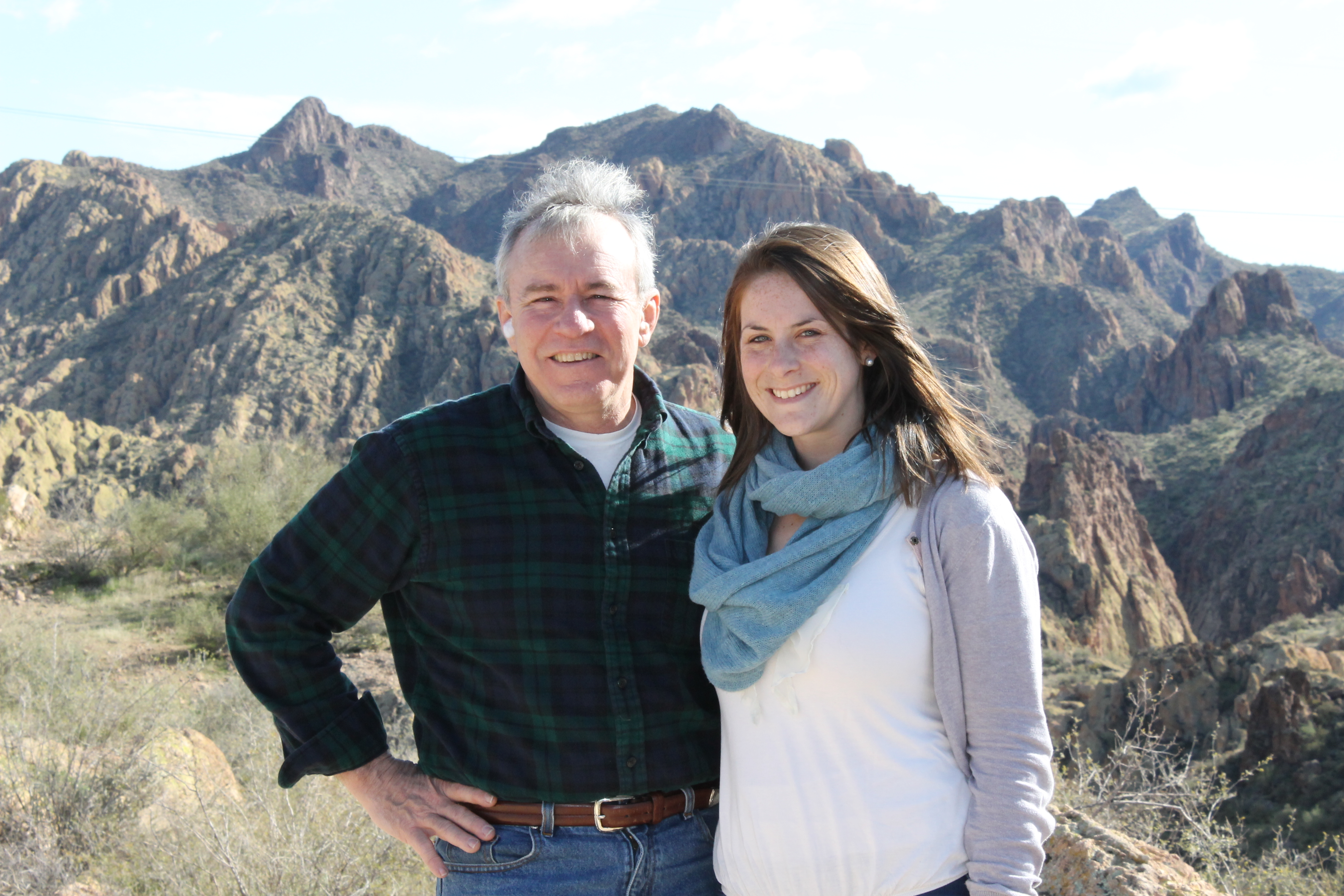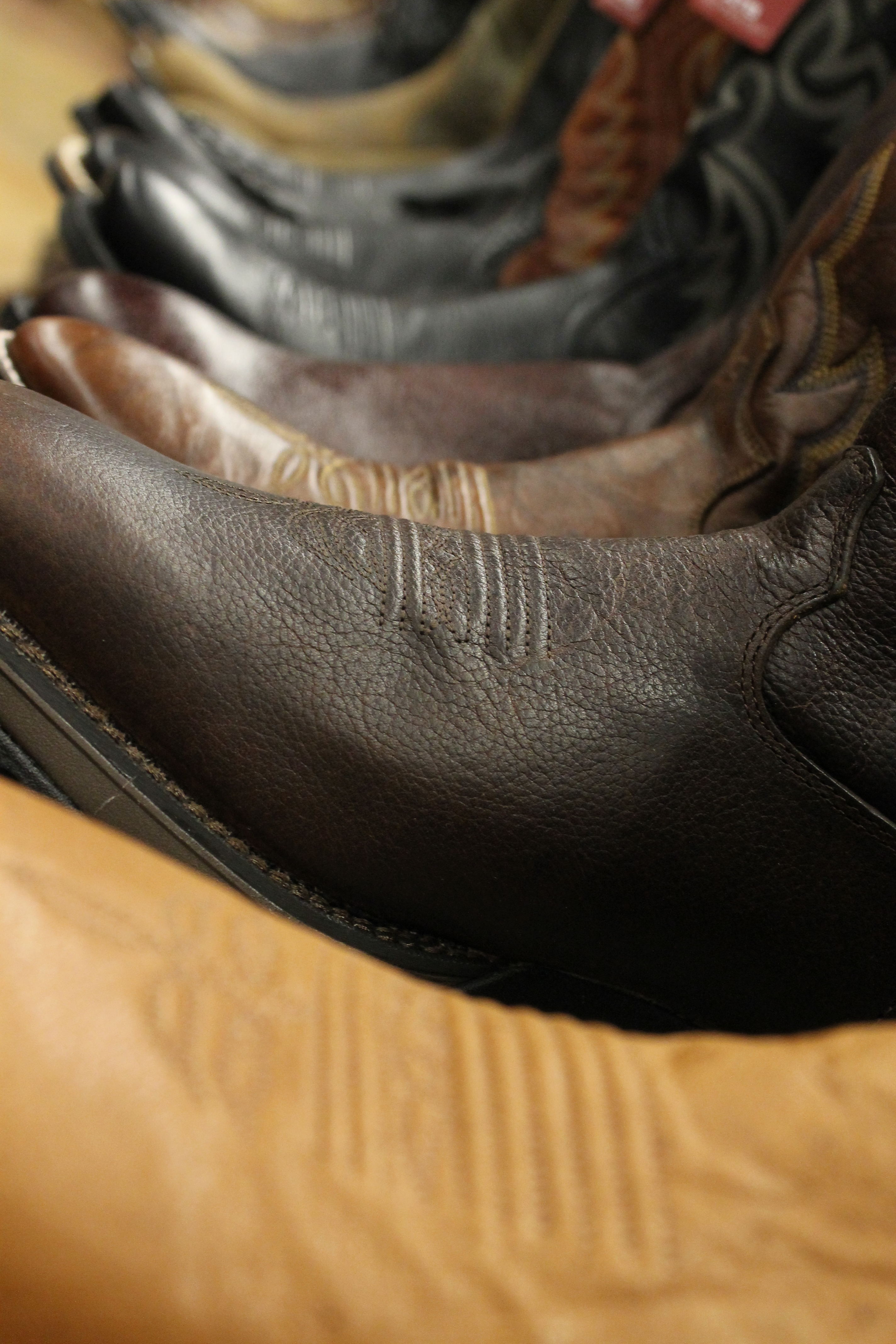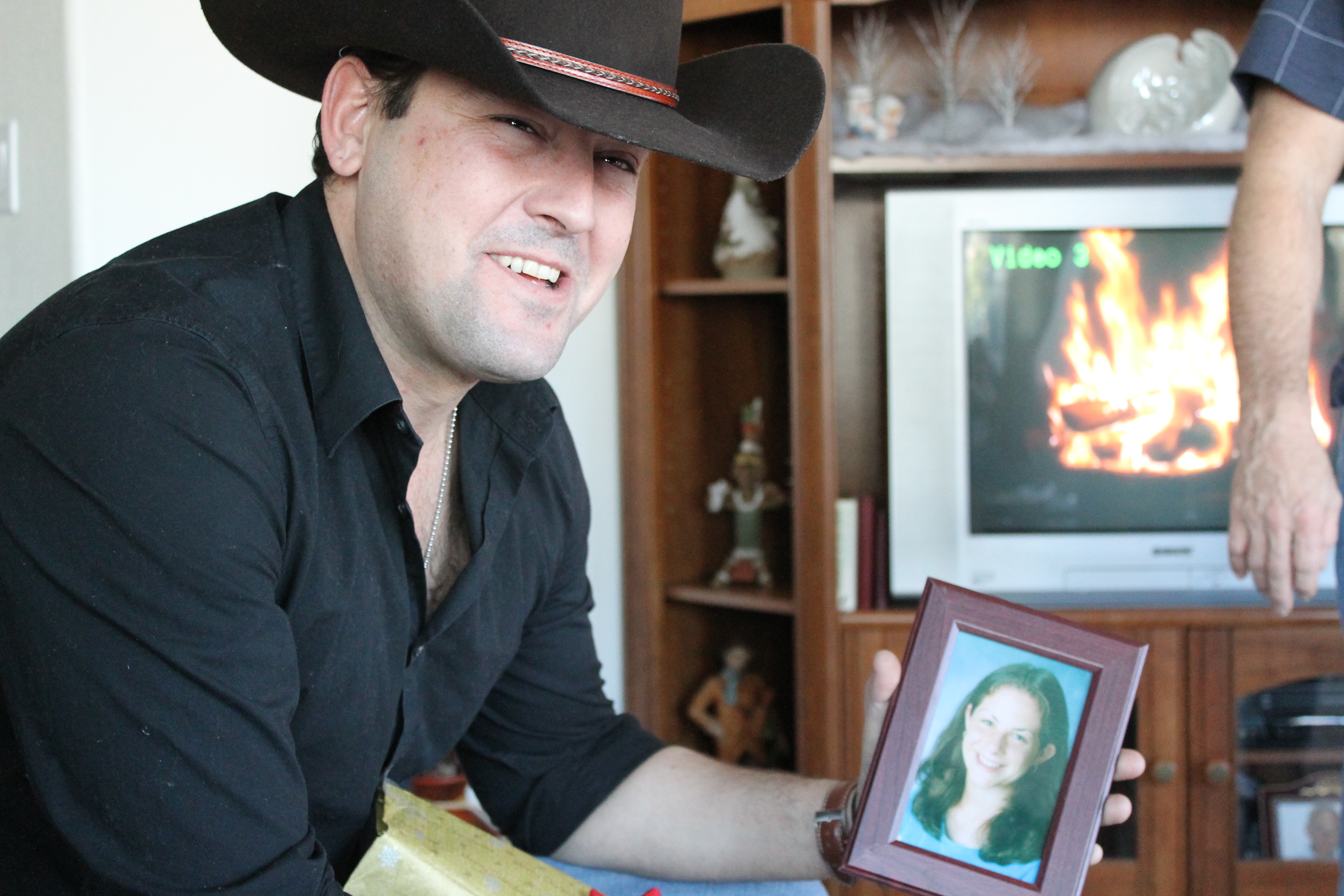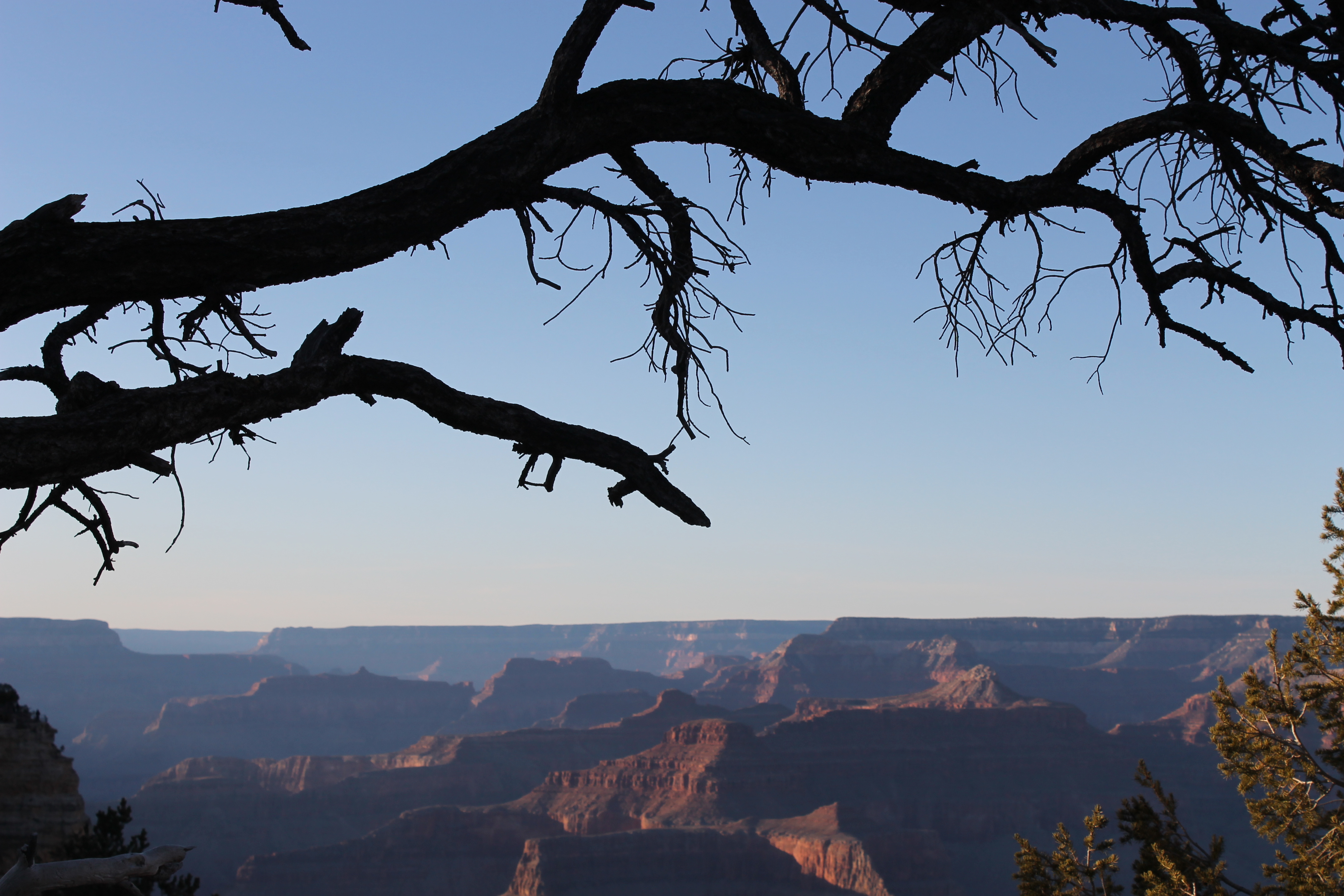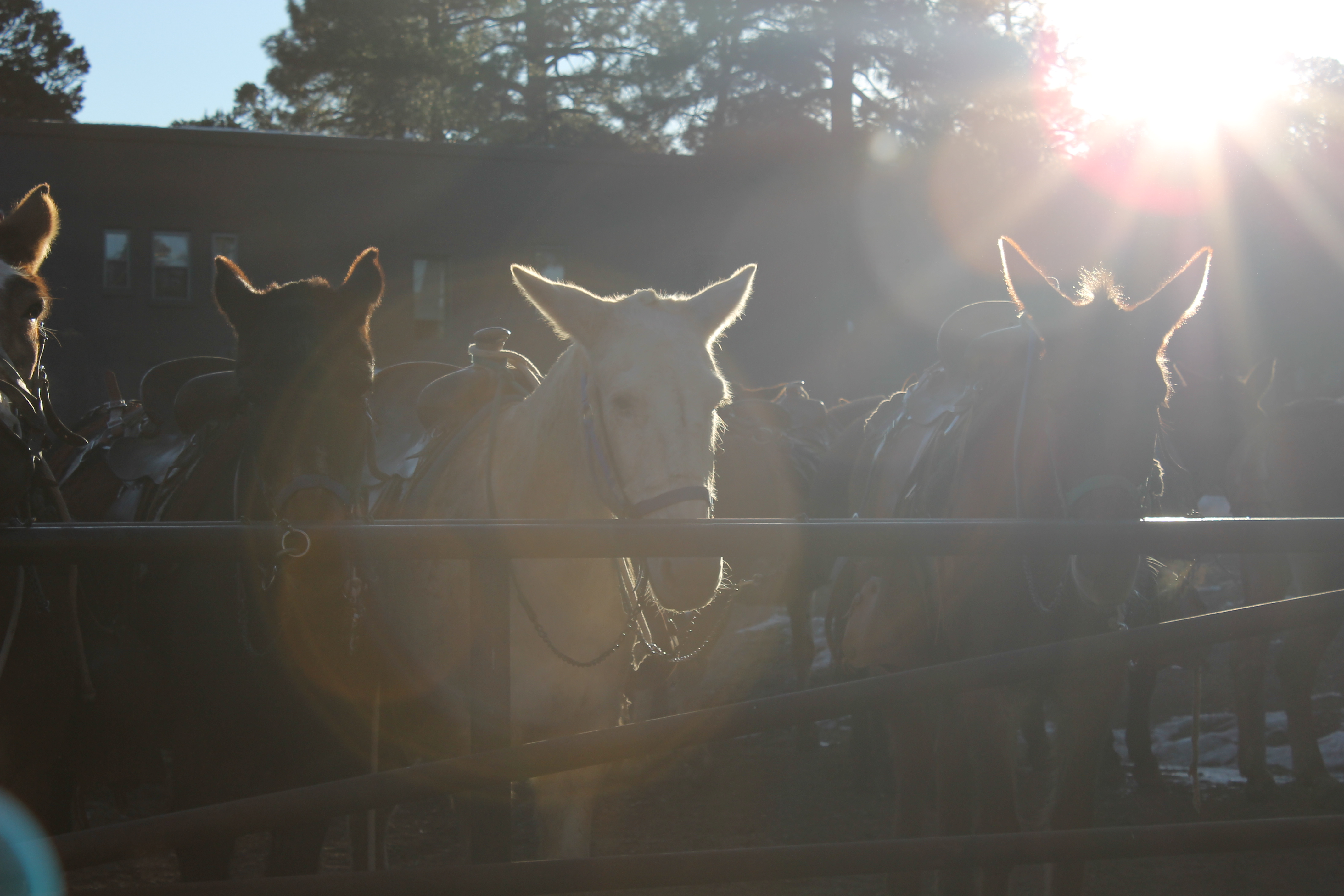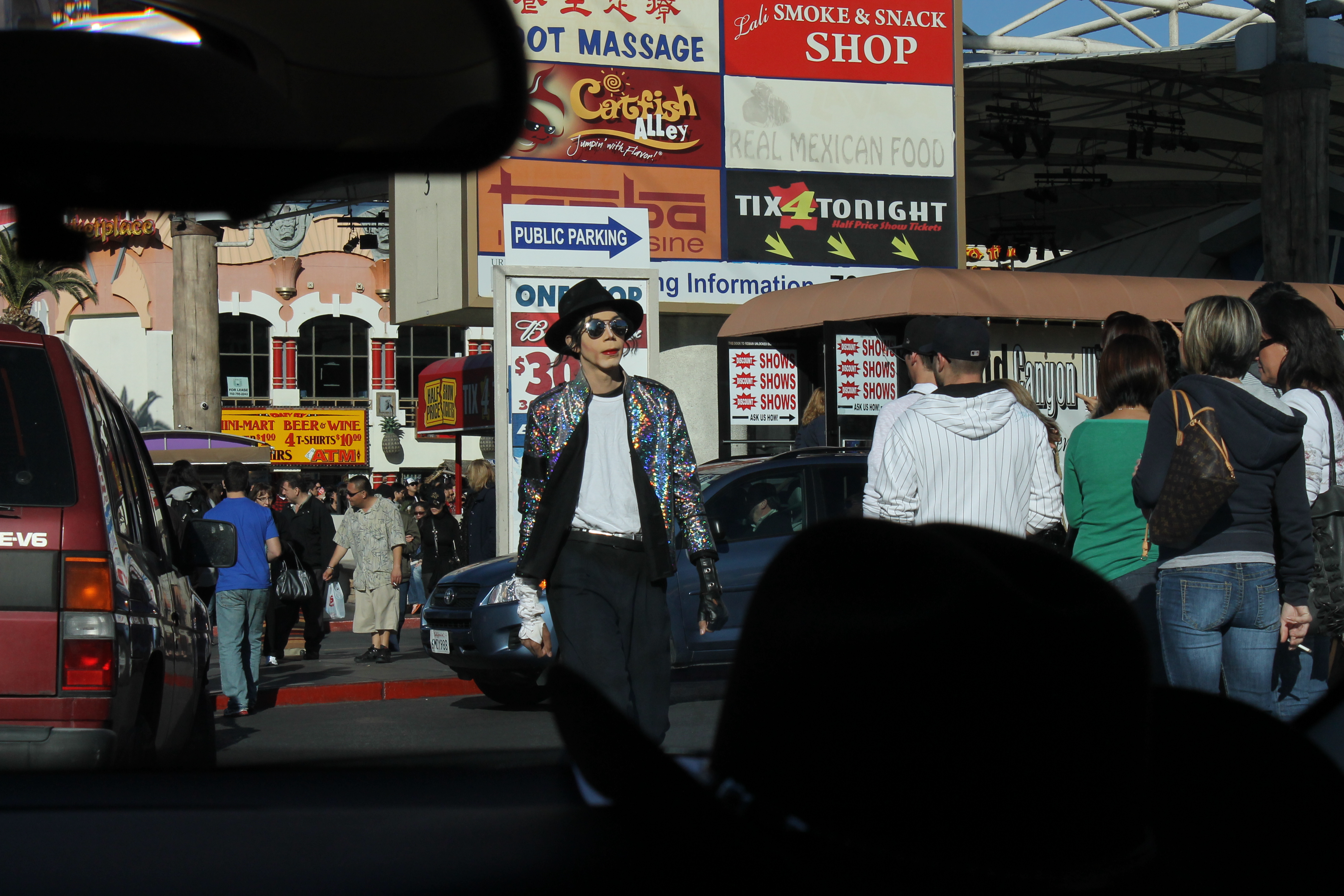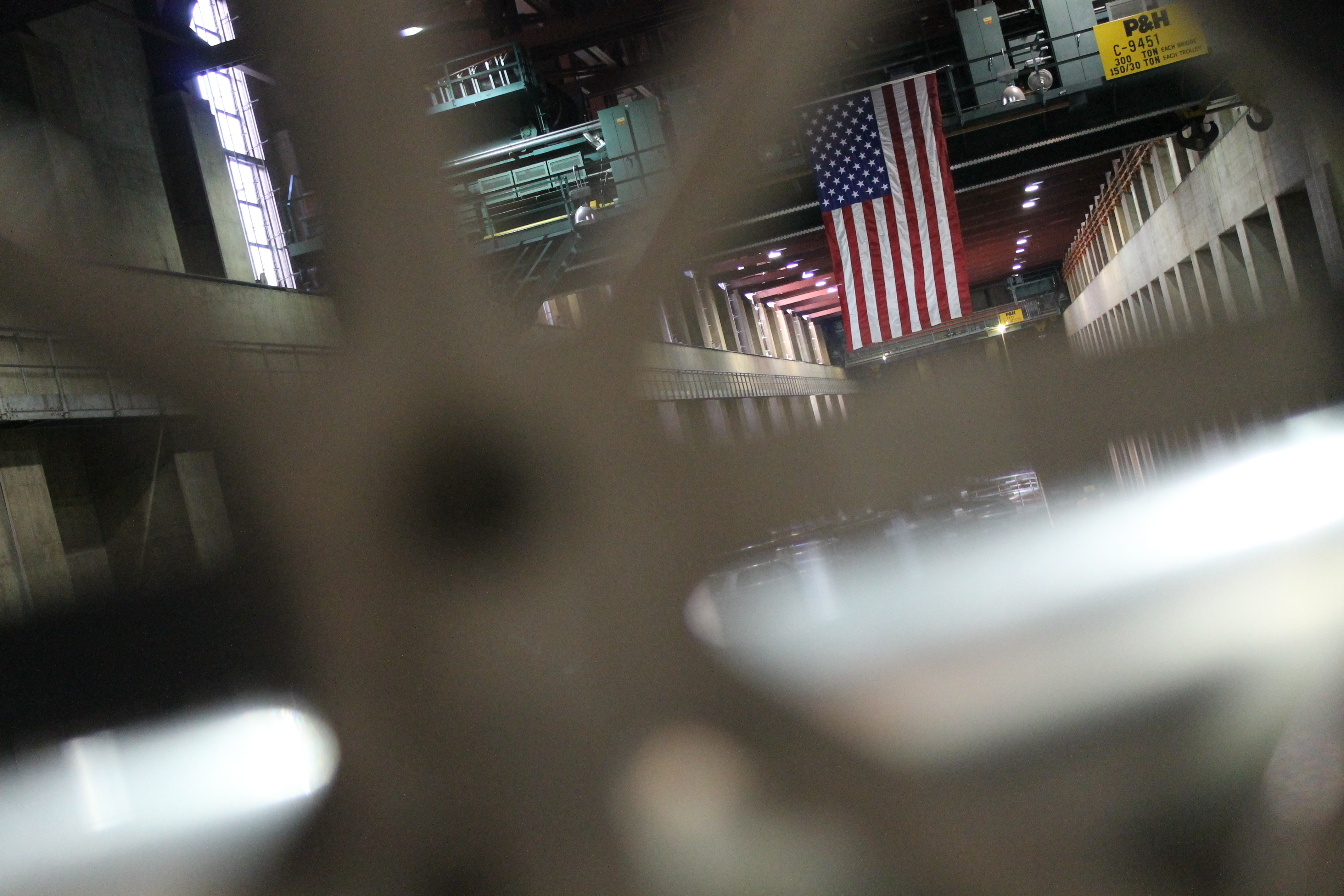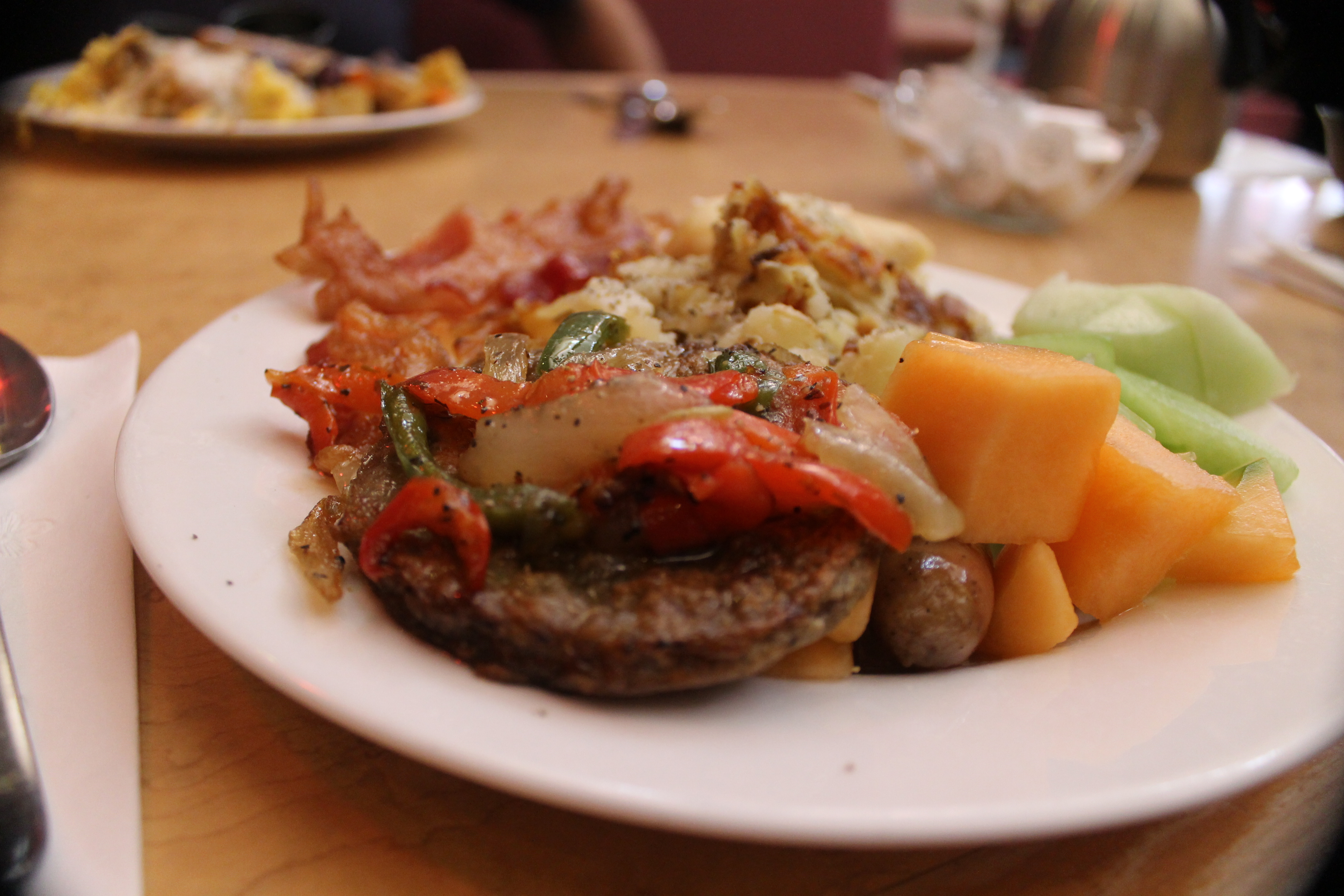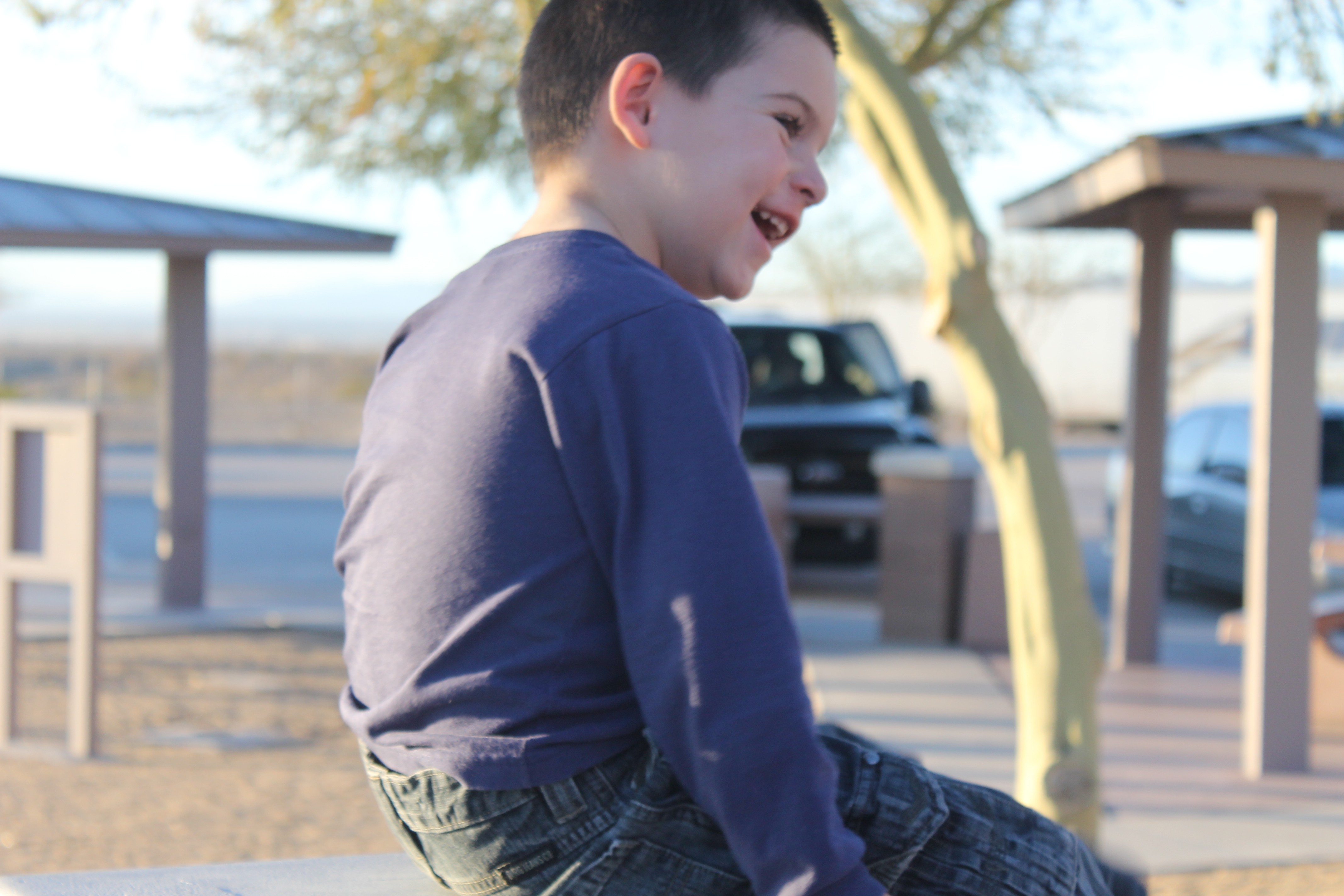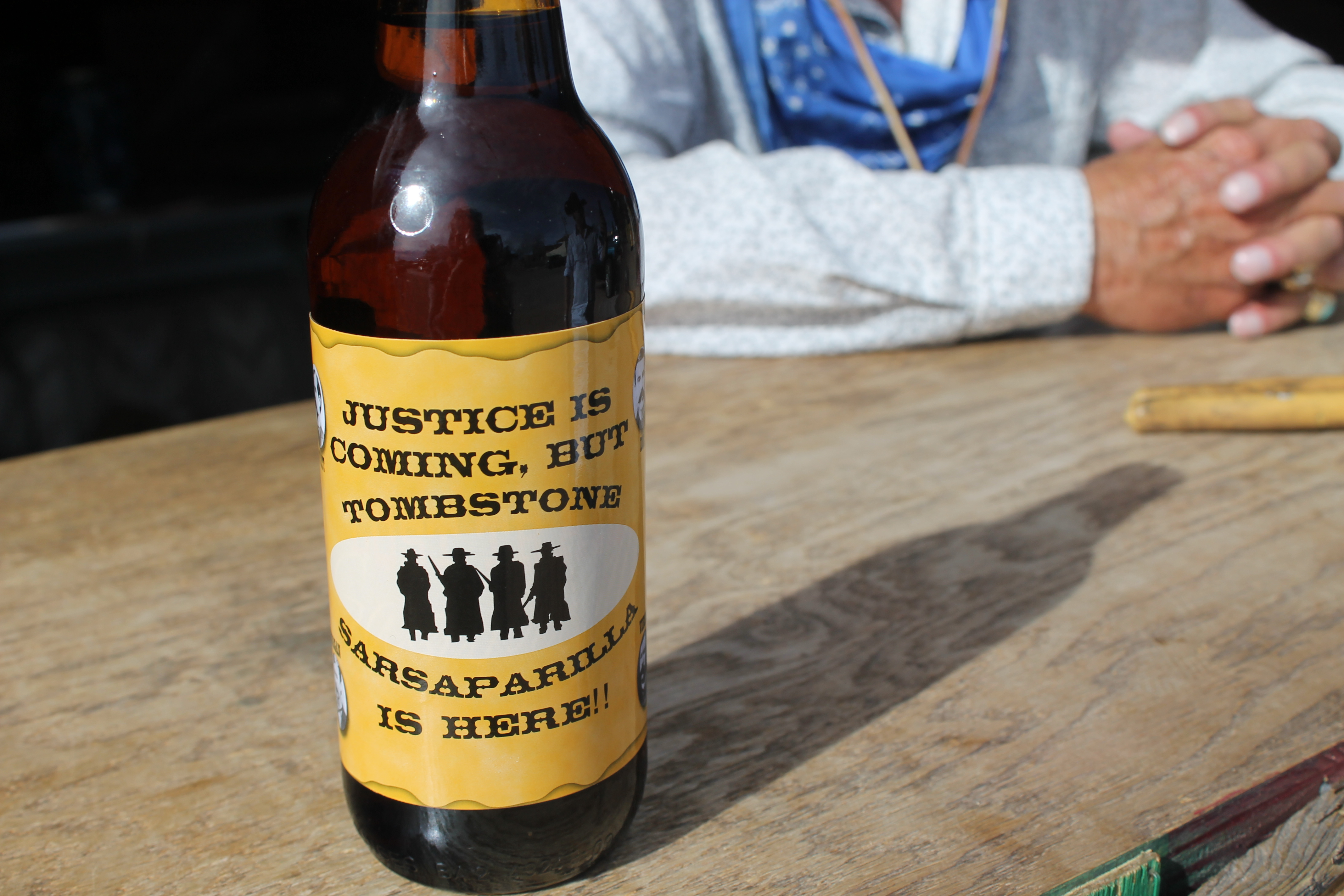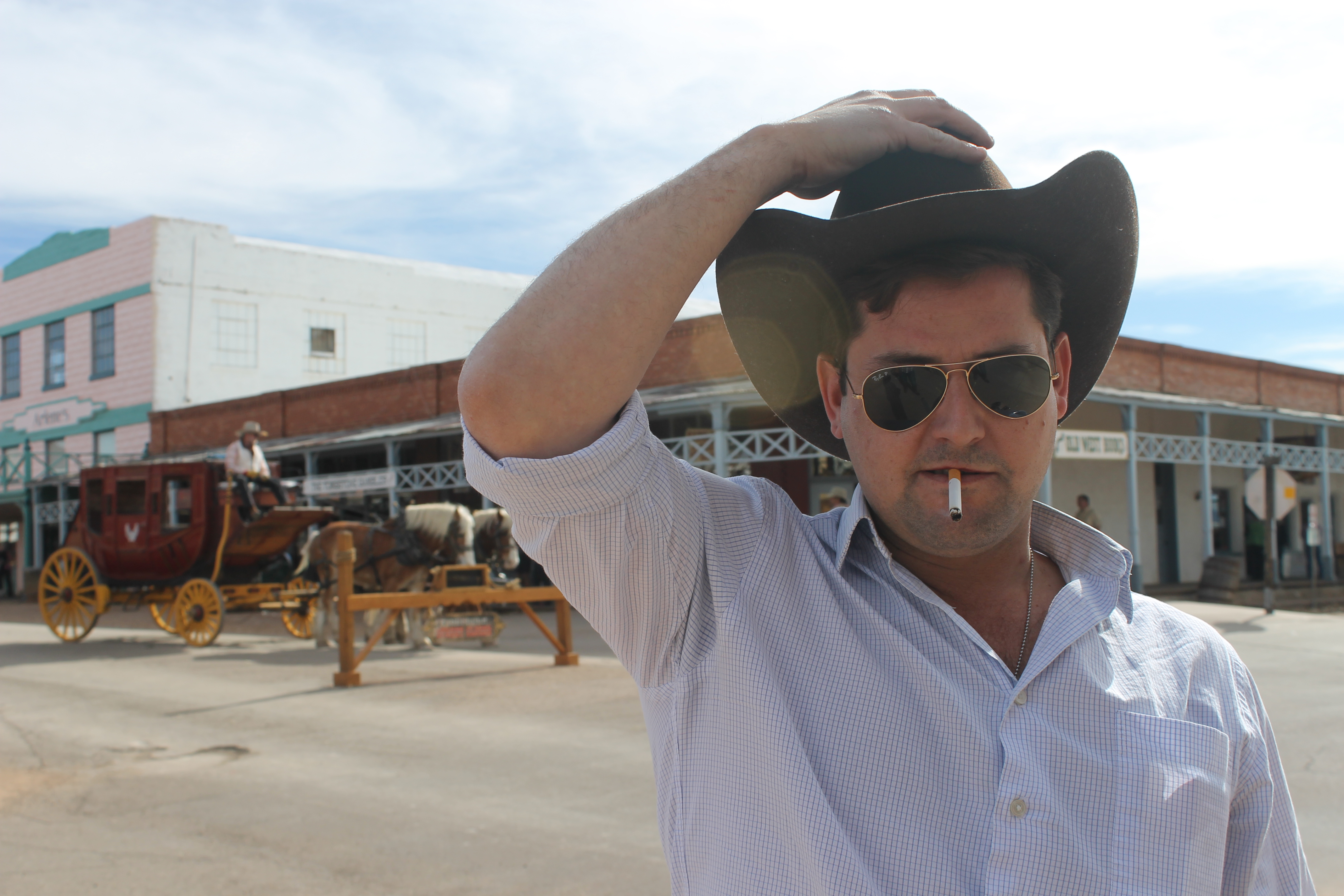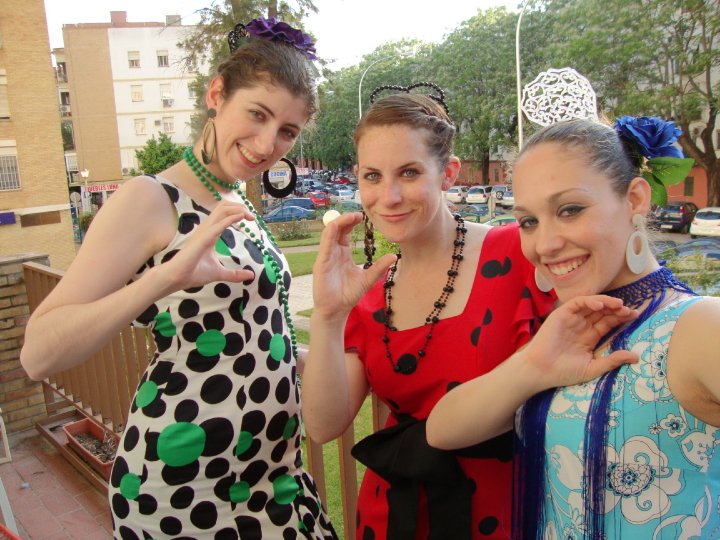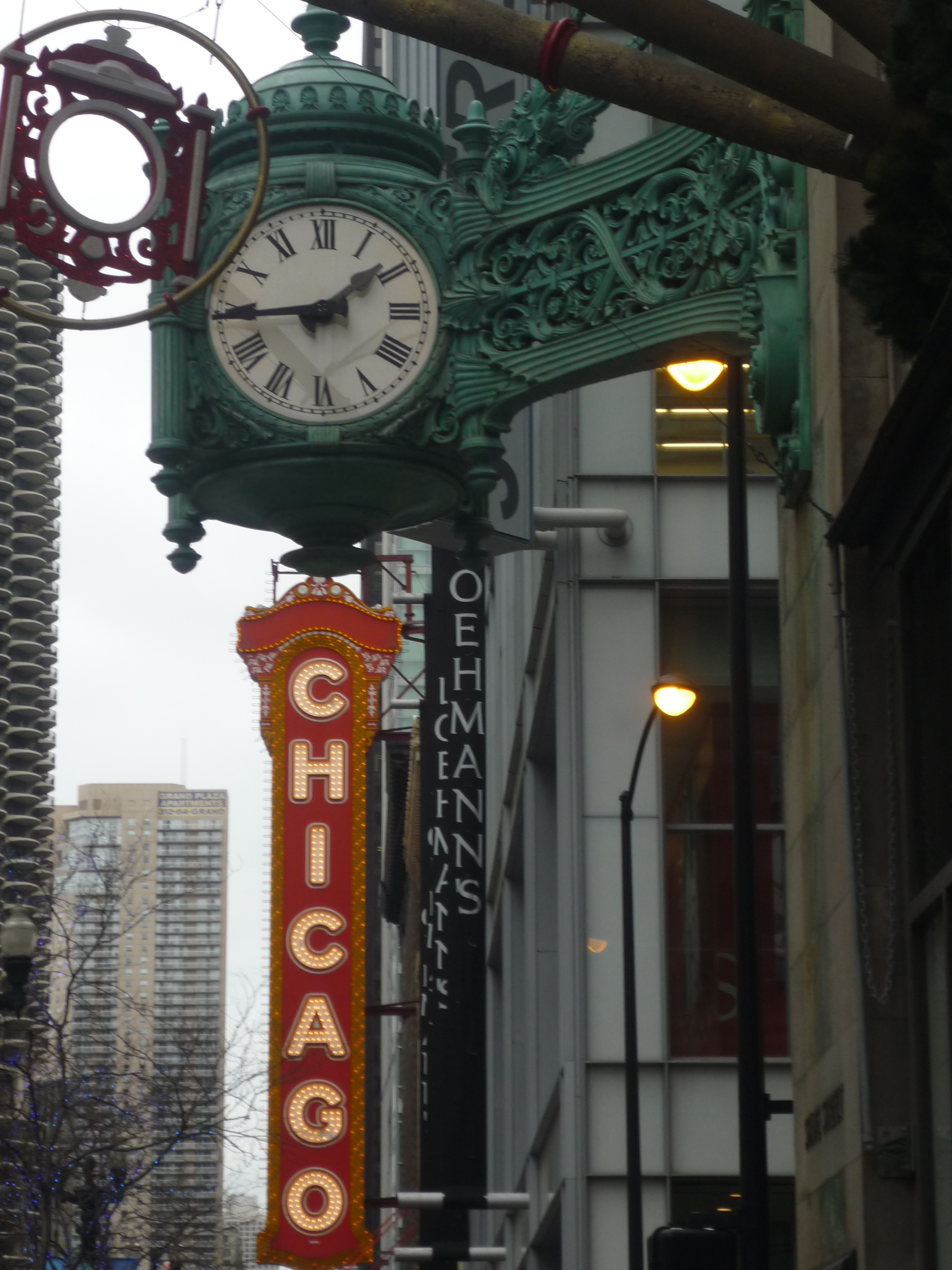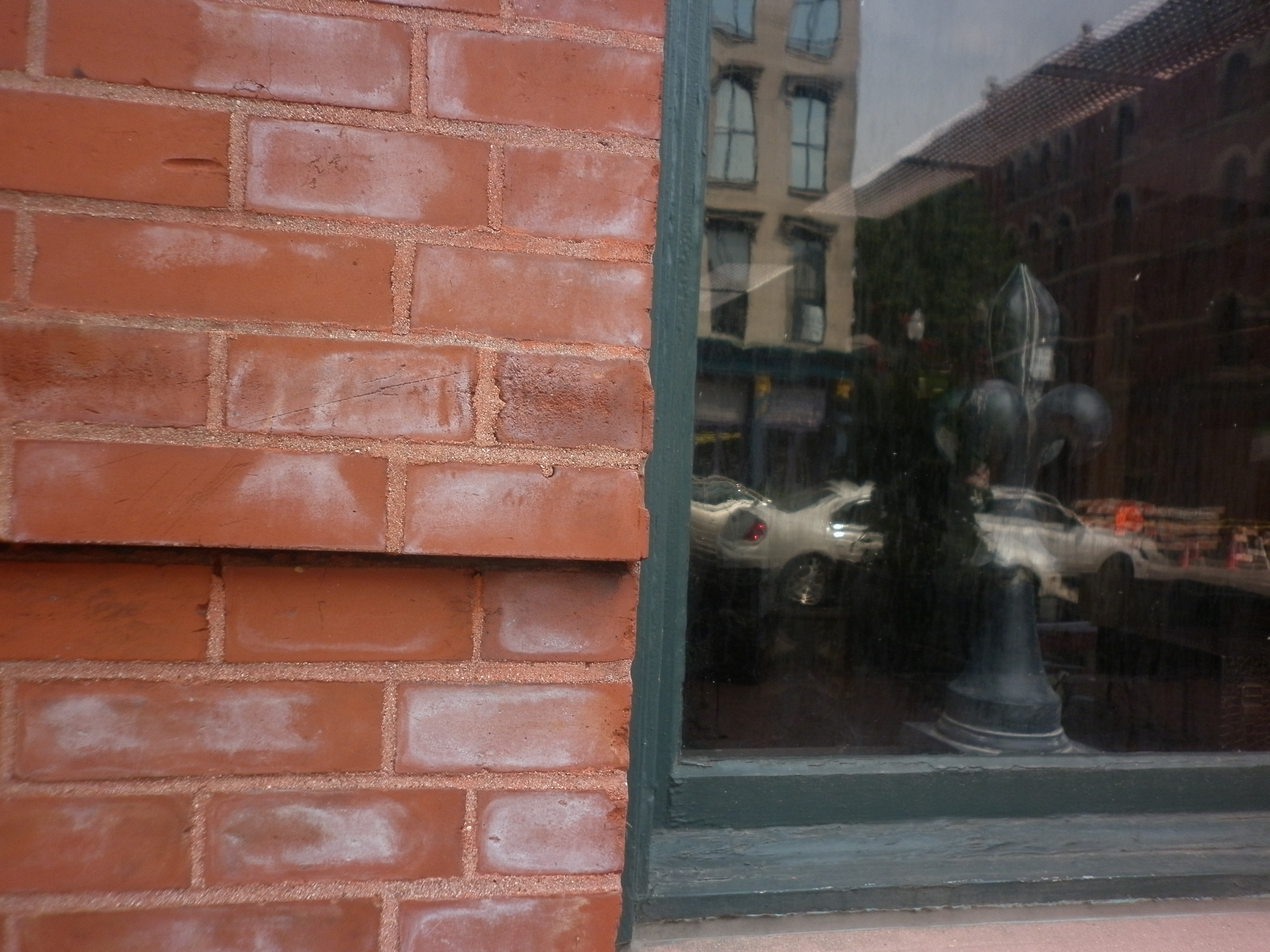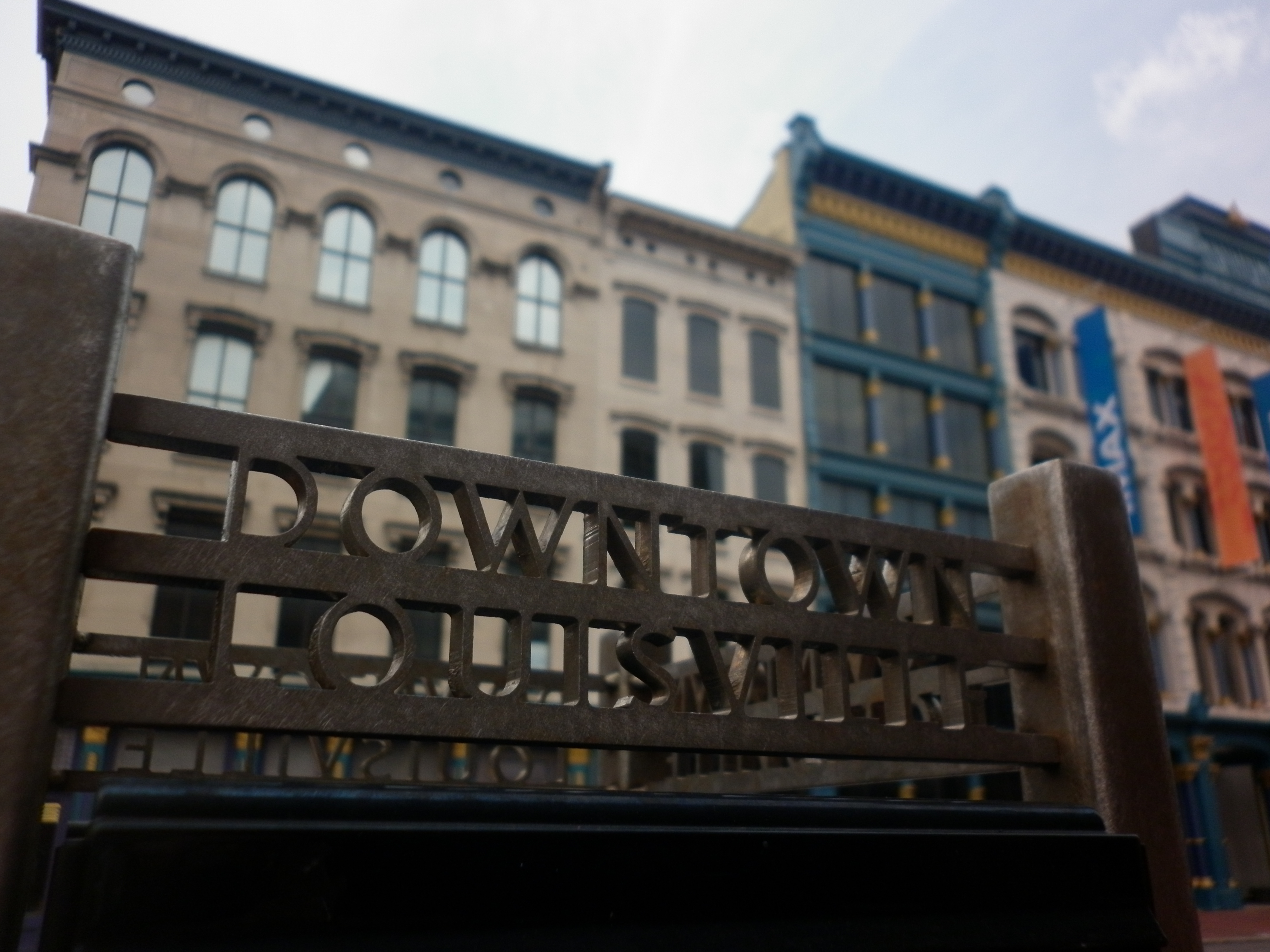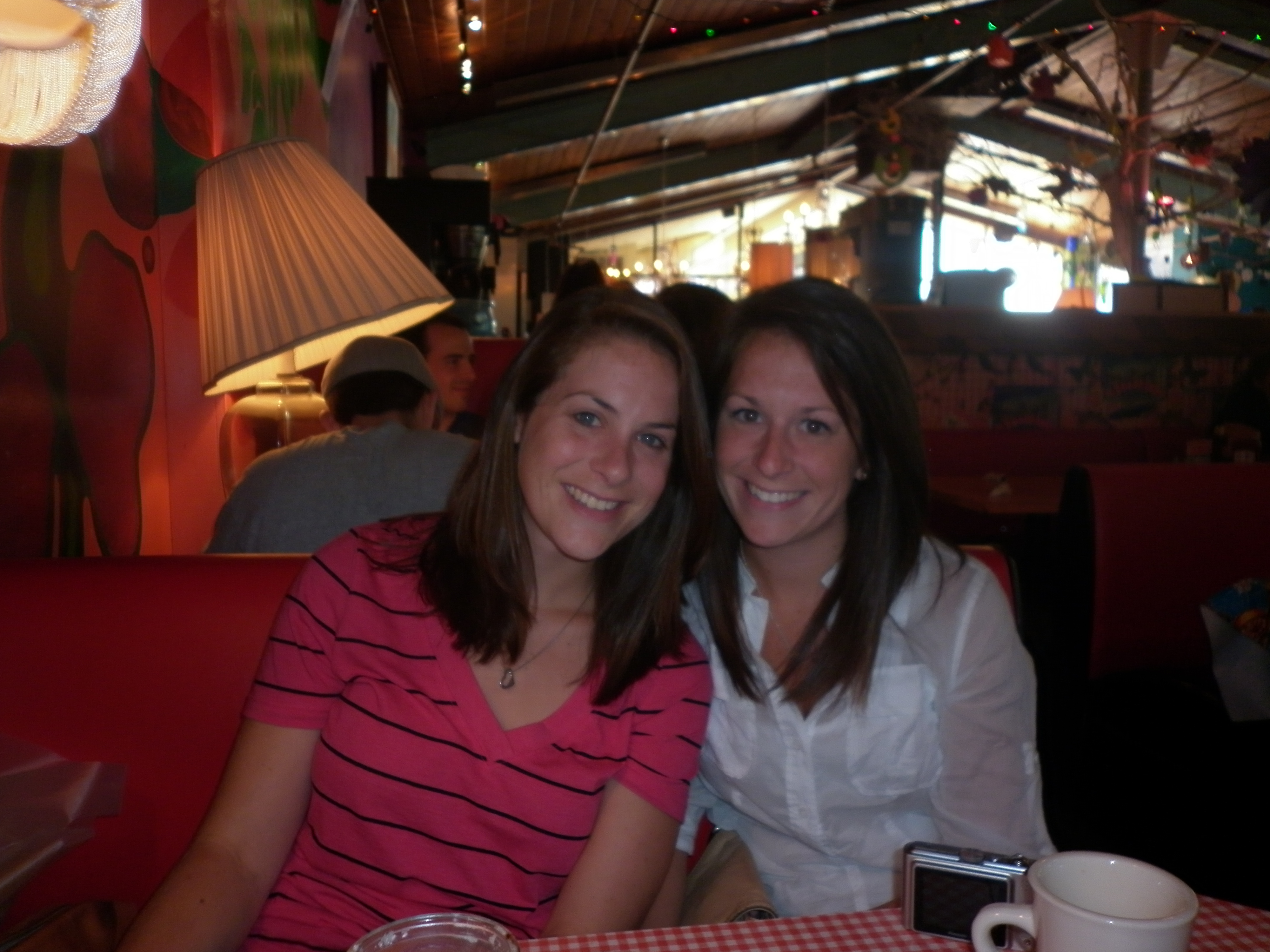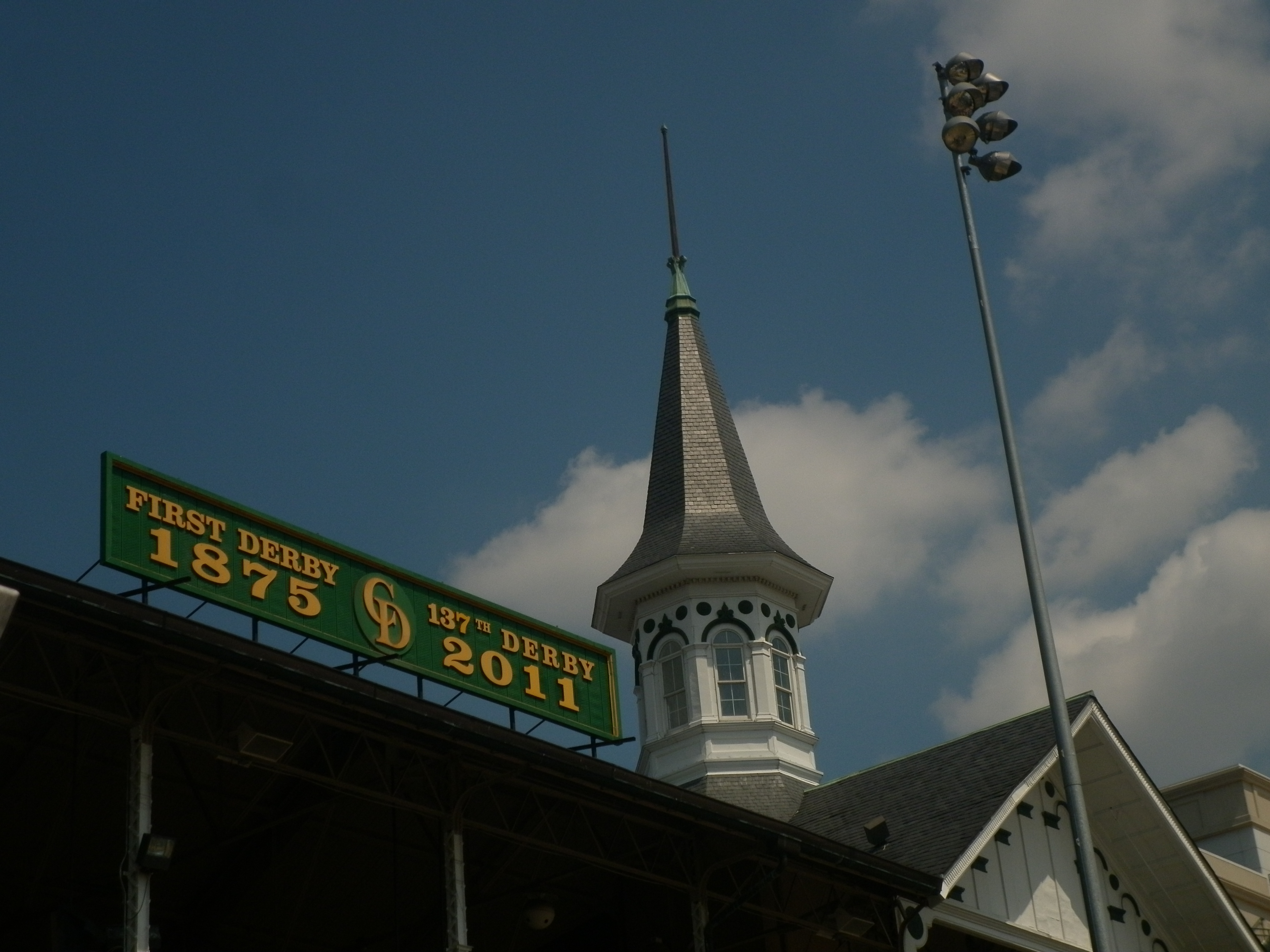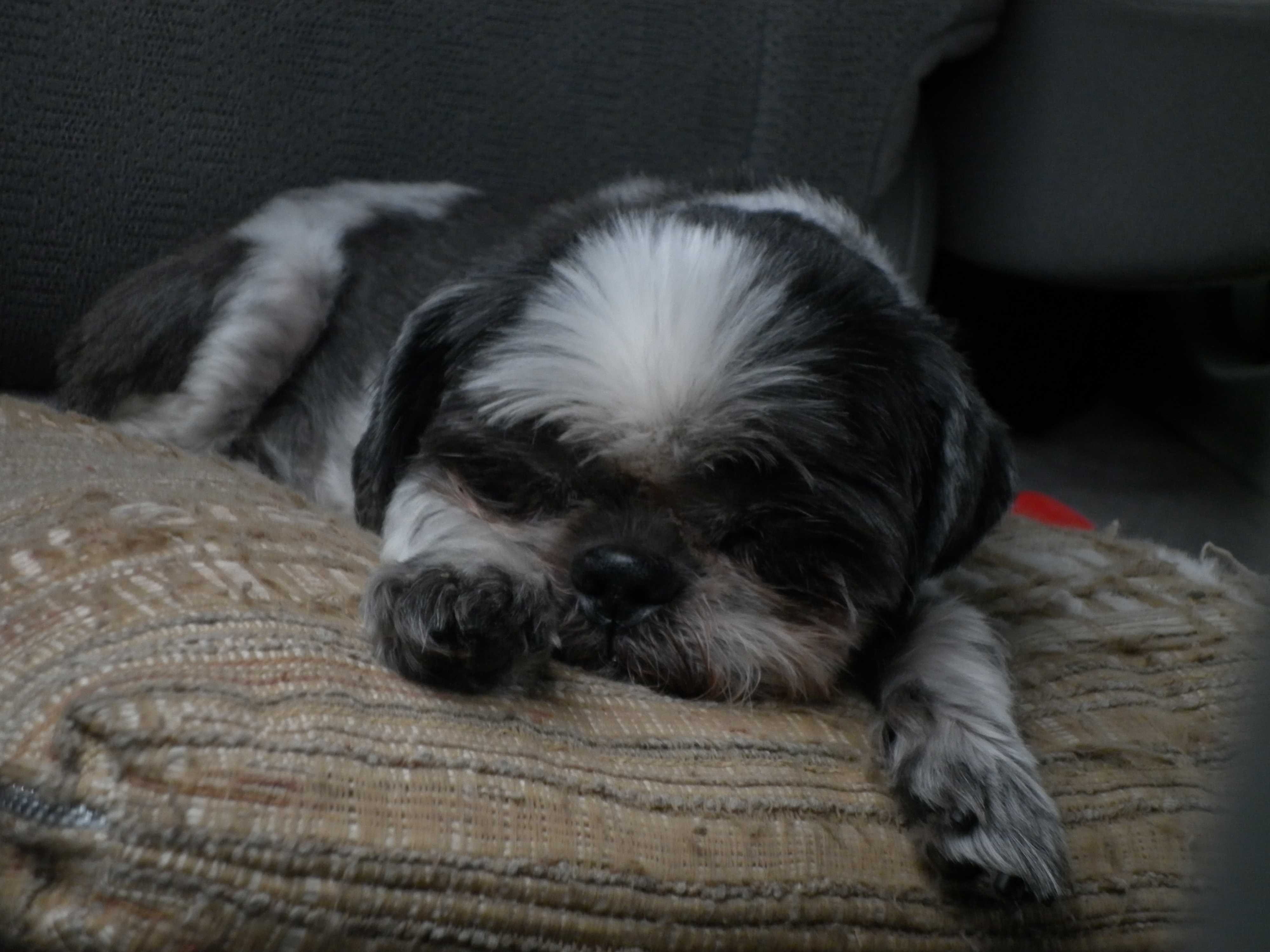I want to introduce you to someone.
His name is Camarón, not to be confused by the other one from la Isla.
Clearly the most expensive thing I’ve ever bought, besides plane tickets. Seems like a natural progression, as my interest for photography is likely stemmed from my passion for traveling.
Truth is, I feel naked without my camera, so having a big one dangling from my neck gives me a helluva lot more assurance that no one is checking out my muffin tops.
I spent my 19-day Christmas vacation in the American Southwest, snapping up Kike’s obsession with his Christmas present, stately saguaro cacti and the dazzling lights of the Vegas strip. Camarón got a good workout, and we’re starting to get to know one another. I wish I would have thought about investing in one earlier, as I’ve been making treadmarks on the Earth for ten years now, but timing is sometimes everything – I won back the value of the camera on penny slots in Vegas!
